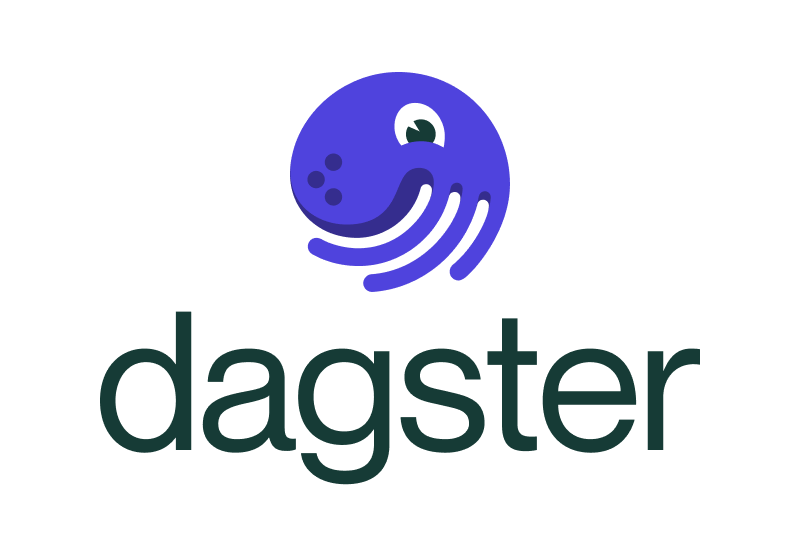
 Data Engineering Podcast
Data Engineering Podcast Tackling Real Time Streaming Data With SQL Using RisingWave
Feb 4, 2024
The podcast discusses the RisingWave database engine for stream processing on S3, its architecture, challenges faced, and potential integration with a data lakehouse. It explores the use of Kafka for buffering and converting data formats, enhancing Postgres with real-time processing, and the differences in change data capture handling. The episode also covers workflow, onboarding, integration, and unexpected use cases of RisingWave in the manufacturing industry.
56:55
1 chevron_right 2 chevron_right 3 chevron_right 4 chevron_right 5 chevron_right 6 chevron_right 7 chevron_right
Introduction
00:00 • 2min
Interview with Ying-Jun Wu about the Rising Wave Database and Stream Processing on S3
01:32 • 3min
Rising Wave: A Stream Processing Database Engine
04:10 • 17min
Using Kafka for buffering and converting data formats for efficient analysis
20:56 • 2min
RisingWave: Enhancing Postgres with Real-Time Processing
22:31 • 18min
Differences in Change Data Capture Handling - Transaction on CDC
40:45 • 2min
Workflow, Onboarding, Integration, and Unexpected Use Cases
42:52 • 14min
Summary
Stream processing systems have long been built with a code-first design, adding SQL as a layer on top of the existing framework. RisingWave is a database engine that was created specifically for stream processing, with S3 as the storage layer. In this episode Yingjun Wu explains how it is architected to power analytical workflows on continuous data flows, and the challenges of making it responsive and scalable.
Announcements
- Hello and welcome to the Data Engineering Podcast, the show about modern data management
- Data lakes are notoriously complex. For data engineers who battle to build and scale high quality data workflows on the data lake, Starburst powers petabyte-scale SQL analytics fast, at a fraction of the cost of traditional methods, so that you can meet all your data needs ranging from AI to data applications to complete analytics. Trusted by teams of all sizes, including Comcast and Doordash, Starburst is a data lake analytics platform that delivers the adaptability and flexibility a lakehouse ecosystem promises. And Starburst does all of this on an open architecture with first-class support for Apache Iceberg, Delta Lake and Hudi, so you always maintain ownership of your data. Want to see Starburst in action? Go to dataengineeringpodcast.com/starburst and get $500 in credits to try Starburst Galaxy today, the easiest and fastest way to get started using Trino.
- Dagster offers a new approach to building and running data platforms and data pipelines. It is an open-source, cloud-native orchestrator for the whole development lifecycle, with integrated lineage and observability, a declarative programming model, and best-in-class testability. Your team can get up and running in minutes thanks to Dagster Cloud, an enterprise-class hosted solution that offers serverless and hybrid deployments, enhanced security, and on-demand ephemeral test deployments. Go to dataengineeringpodcast.com/dagster today to get started. Your first 30 days are free!
- Your host is Tobias Macey and today I'm interviewing Yingjun Wu about the RisingWave database and the intricacies of building a stream processing engine on S3
Interview
- Introduction
- How did you get involved in the area of data management?
- Can you describe what RisingWave is and the story behind it?
- There are numerous stream processing engines, near-real-time database engines, streaming SQL systems, etc. What is the specific niche that RisingWave addresses?
- What are some of the platforms/architectures that teams are replacing with RisingWave?
- What are some of the unique capabilities/use cases that RisingWave provides over other offerings in the current ecosystem?
- Can you describe how RisingWave is architected and implemented?
- How have the design and goals/scope changed since you first started working on it?
- What are the core design philosophies that you rely on to prioritize the ongoing development of the project?
- What are the most complex engineering challenges that you have had to address in the creation of RisingWave?
- Can you describe a typical workflow for teams that are building on top of RisingWave?
- What are the user/developer experience elements that you have prioritized most highly?
- What are the situations where RisingWave can/should be a system of record vs. a point-in-time view of data in transit, with a data warehouse/lakehouse as the longitudinal storage and query engine?
- What are the most interesting, innovative, or unexpected ways that you have seen RisingWave used?
- What are the most interesting, unexpected, or challenging lessons that you have learned while working on RisingWave?
- When is RisingWave the wrong choice?
- What do you have planned for the future of RisingWave?
Contact Info
- yingjunwu on GitHub
- Personal Website
Parting Question
- From your perspective, what is the biggest gap in the tooling or technology for data management today?
Closing Announcements
- Thank you for listening! Don't forget to check out our other shows. Podcast.__init__ covers the Python language, its community, and the innovative ways it is being used. The Machine Learning Podcast helps you go from idea to production with machine learning.
- Visit the site to subscribe to the show, sign up for the mailing list, and read the show notes.
- If you've learned something or tried out a project from the show then tell us about it! Email hosts@dataengineeringpodcast.com) with your story.
Links
- RisingWave
- AWS Redshift
- Flink
- Clickhouse
- Druid
- Materialize
- Spark
- Trino
- Snowflake
- Kafka
- Iceberg
- Hudi
- Postgres
- Debezium
The intro and outro music is from The Hug by The Freak Fandango Orchestra / CC BY-SA
Sponsored By:
- Dagster:  Data teams are tasked with helping organizations deliver on the premise of data, and with ML and AI maturing rapidly, expectations have never been this high. However data engineers are challenged by both technical complexity and organizational complexity, with heterogeneous technologies to adopt, multiple data disciplines converging, legacy systems to support, and costs to manage. Dagster is an open-source orchestration solution that helps data teams reign in this complexity and build data platforms that provide unparalleled observability, and testability, all while fostering collaboration across the enterprise. With enterprise-grade hosting on Dagster Cloud, you gain even more capabilities, adding cost management, security, and CI support to further boost your teams' productivity. Go to [dagster.io](https://dagster.io/lp/dagster-cloud-trial?source=data-eng-podcast) today to get your first 30 days free!
- Starburst:  This episode is brought to you by Starburst - a data lake analytics platform for data engineers who are battling to build and scale high quality data pipelines on the data lake. Powered by Trino, Starburst runs petabyte-scale SQL analytics fast at a fraction of the cost of traditional methods, helping you meet all your data needs ranging from AI/ML workloads to data applications to complete analytics. Trusted by the teams at Comcast and Doordash, Starburst delivers the adaptability and flexibility a lakehouse ecosystem promises, while providing a single point of access for your data and all your data governance allowing you to discover, transform, govern, and secure all in one place. Starburst does all of this on an open architecture with first-class support for Apache Iceberg, Delta Lake and Hudi, so you always maintain ownership of your data. Want to see Starburst in action? Try Starburst Galaxy today, the easiest and fastest way to get started using Trino, and get $500 of credits free. [dataengineeringpodcast.com/starburst](https://www.dataengineeringpodcast.com/starburst)
